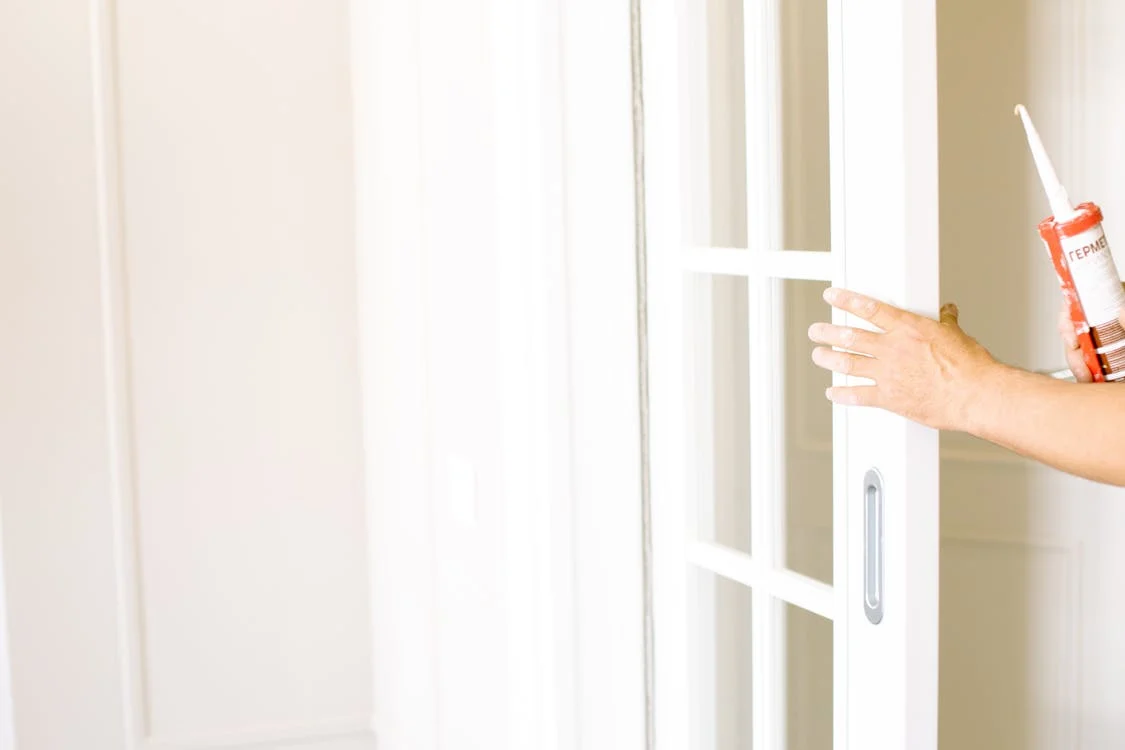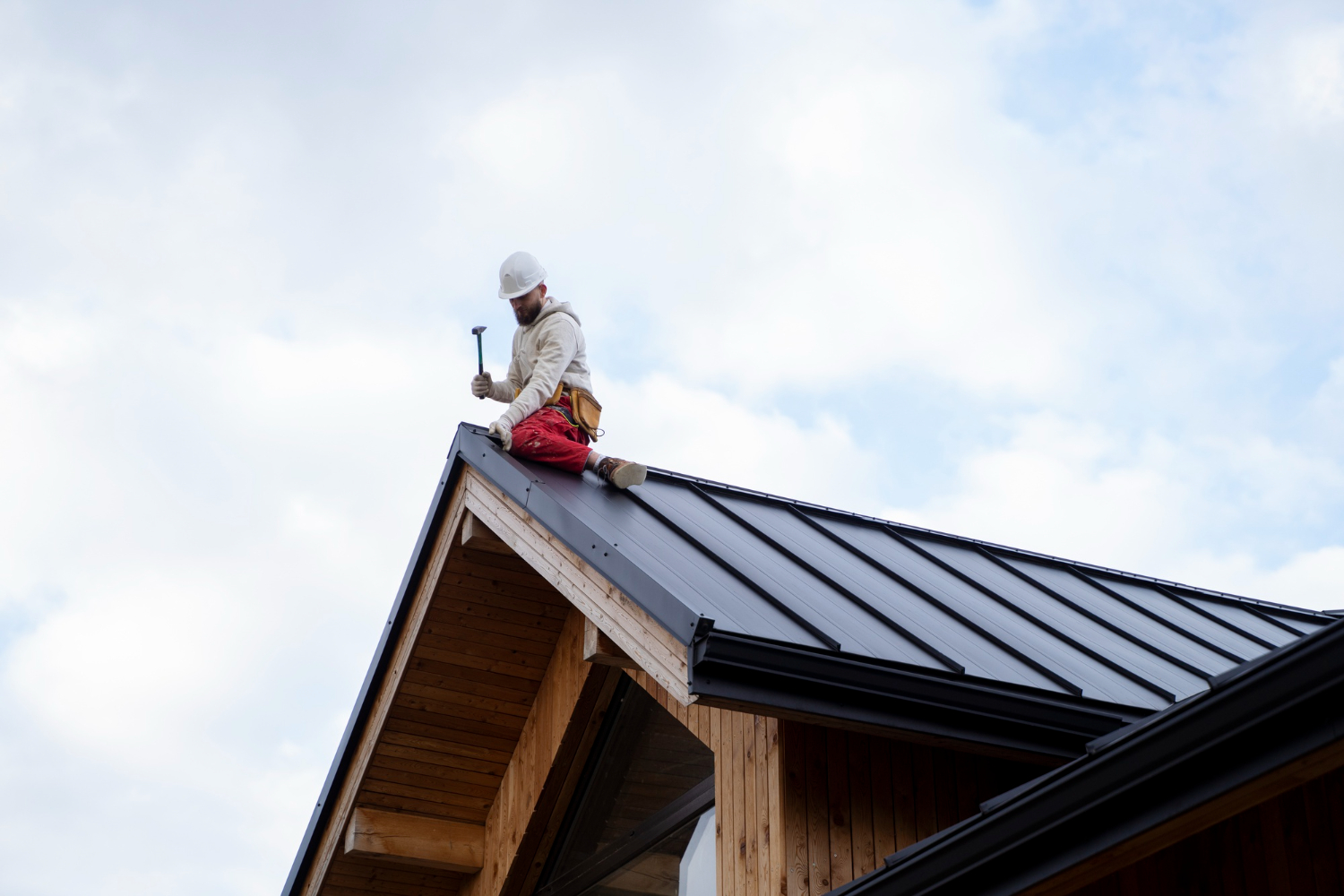By using our website, you agree to the use of cookies as described in our Cookie Policy
a
Rss Feed
FLASHING - the first line of defense against water intrusion!
It happened again this week - I saw two projects that were very badly compromised, due to water intrusion. The fix was both difficult and expensive, which is heartbreaking considering that doing it correctly initially is both cheap and easy. You just have to pay attention to the basics.
FLASHING is a term used to define a material that provides waterproofing. As our technical prowess has improved throughout the ages, the materials and methods used for flashings and flashing systems has definitely kept pace; however, the basic concepts have remained largely the same since the dawn of construction.
The advent of sheet metal [lead, aluminum, tin, copper, steel, etc.] has made flashing, almost any detail, relatively easy and straight forward. Many common sizes and shapes are available right off the shelf, and custom sizes and shapes can easily be manufactured by most metal shops.
Aside from remembering to install flashing, it is of utmost importance that flashing be correctly installed,to avoid the flashing from actually funneling water into the structure you are trying to protect.
Here's what you need to know:
START AT THE BOTTOM / LOWEST POINT AND MAKE SURE YOU HAVE THE CORRECT OVERHANG / EXTENSION - ALWAYS!!!!!
From the low point, you merely shingle the material, placing the next higher piece OVER the piece below it. This step is universal!
MOST ELEMENTS SHOULD BE FLASHED. All roof-to-wall joints should be flashed. All roof valleys should be flashed. All deck-to-wall joints should be flashed. All windows should be flashed. All belly bands should be flashed - the list goes on! If it is a joint and water can possibly get in - it should be flashed! Flat metal sheeting, angle flashing, and Z-Flashing are the most used shapes.
ANGLED ROOF FLASHING SHOULD BE PROPERLY BENT. One of the most often seen defects on stucco structures is an angled roof flashing that is NOT properly bent and extended out of the stucco. This condition always ends in damage to the structure caused by water that is funneled inward. The addition of a simple Z-flashing properly installed over windows and doors prevents a ton of problems and who would disagree that a properly designed metal pan placed under a door prevents almost all threshold leak issues!
No amount of caulk can ever match a properly installed flashing!
‹ Back






.png)

Comments